Content marketing is essential for any business that wants to succeed.
Content marketing helps you create connections while avoiding less successful “hard sell” approaches. Nowadays, it’s difficult to stand out and break through the noise of constant marketing messages. Trust is now an essential factor in buying decisions.
According to a survey, in the United States, 46 percent of consumers say that they would pay more to purchase from brands they can trust.
The best way to build trust is by showing up consistently and winning the confidence of your target audience by publishing content that can help them. Content that has value, and is not just a sales pitch.
It’s why marketers are relying heavily on content marketing to drive traffic now. In fact, according to Demand Metric, 78% of Chief Marketing Officers (CMOs) believe that customized content is the future of marketing.
In addition, content marketing is 3 times more efficient in generating quality leads than outbound marketing.
In this post, we’ll dive deeper into:
- What content marketing is
- The differences between content marketing and traditional marketing
- Why content marketing is important + a few case studies
- How to get started with content marketing
Ready? Let’s dive in.
Table of Contents
What is Content Marketing?
According to the Content Marketing Institute (CMI), content marketing is a strategic marketing approach focused on creating and distributing valuable, relevant, and consistent content to attract and retain a clearly-defined audience — and, ultimately, to drive profitable customer action.
People face challenges constantly. They seek answers to those challenges through billions of searches on Google or other search engines every day.
Likewise, businesses have valuable products and offers, but often struggle to drive targeted traffic to their websites. Content marketing helps to connect people searching for answers with businesses that need leads in their pipeline.
Think about it. In an increasingly digital world, it’s how your prospects find you, research you, understand you, learn from you and align themselves with you.
If you create high intent content that aligns with your prospects, optimize it for search engines, and provide valuable comprehensive information, Google will reward you with as much traffic as you need.
Content Marketing vs Traditional Marketing
Before we understand the benefits of content marketing, we have to compare content marketing against traditional marketing. What’s the difference?
Traditional marketing is any tactic that interrupts your customers to show them what you offer. Pop-ups, display ads, posters, etc.
On the other hand, content marketing is a way of distributing valuable and consistent content that solves your audience’s problem. See this example:
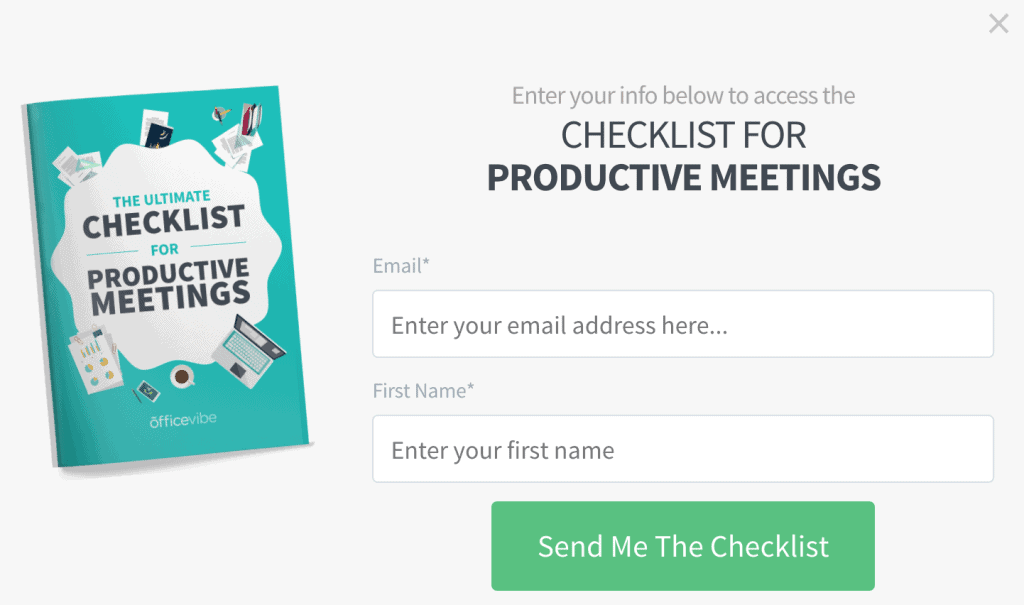
Content marketing is all about connecting with your existing and potential customers. Whether it’s through blogs, videos, white paper, infographics, etc.
Read also: 50 Content Marketing Quotes to Get You Fired Up
Why is Content Marketing Important?
Content marketing offers a lot of benefits. Above all, it increases brand awareness and attracts audiences that will be more likely to purchase your products or service and recommend you to others.
In content marketing, you’re investing your time catering to your audience’s needs. As a result, they come to trust you, which is essential for business.
Let’s take a deeper dive to explore what content marketing can do for your business.
Attract a defined audience
Lead generation is crucial to any business, but have you considered taking a step back and scoring your existing leads? Many businesses make the mistake of targeting whoever enters their pipeline. Do you know what that leads to? Low engagement and conversion rates.
Content marketing can help increase social media engagement by attracting high-quality leads to your business. Since you’re providing content and answering existing queries related to your business, you develop trust with your consumers.
72% of marketers agree that content marketing increases engagement, and 79% of content marketers use content marketing to generate high-quality leads.
For example, Primo Stats, a stat sourcing platform that started as a platform that relied heavily on word-of-mouth marketing to help increase brand awareness. Shayla (the founder) said those interactions were one-off and attracted unqualified traffic to their website.
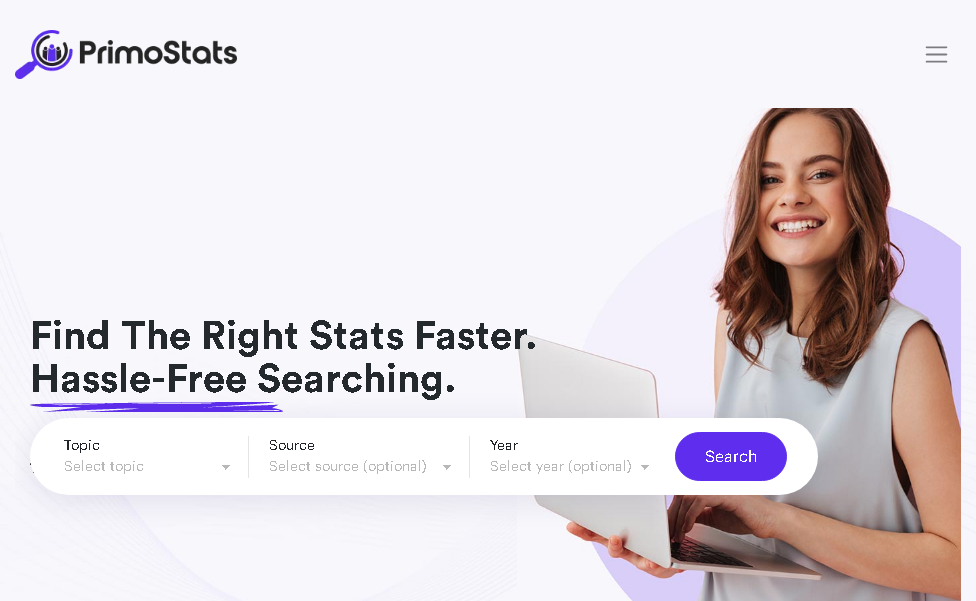
Note “unqualified traffic” – Most of the time, traffic coming from traditional marketing and paid advertisement is really low quality.
With content marketing, your audiences would have gone through each stage of the buyer’s journey and experienced your product even before using it – it makes it easier for you to sell to them in the future.
Source: Hubspot
Content marketing has helped Primo Stats gain the attention of its audience. Not only this, according to Google Analytics, their organic search traffic went through the roof with an increase in the average session duration and a decrease in bounce rate.
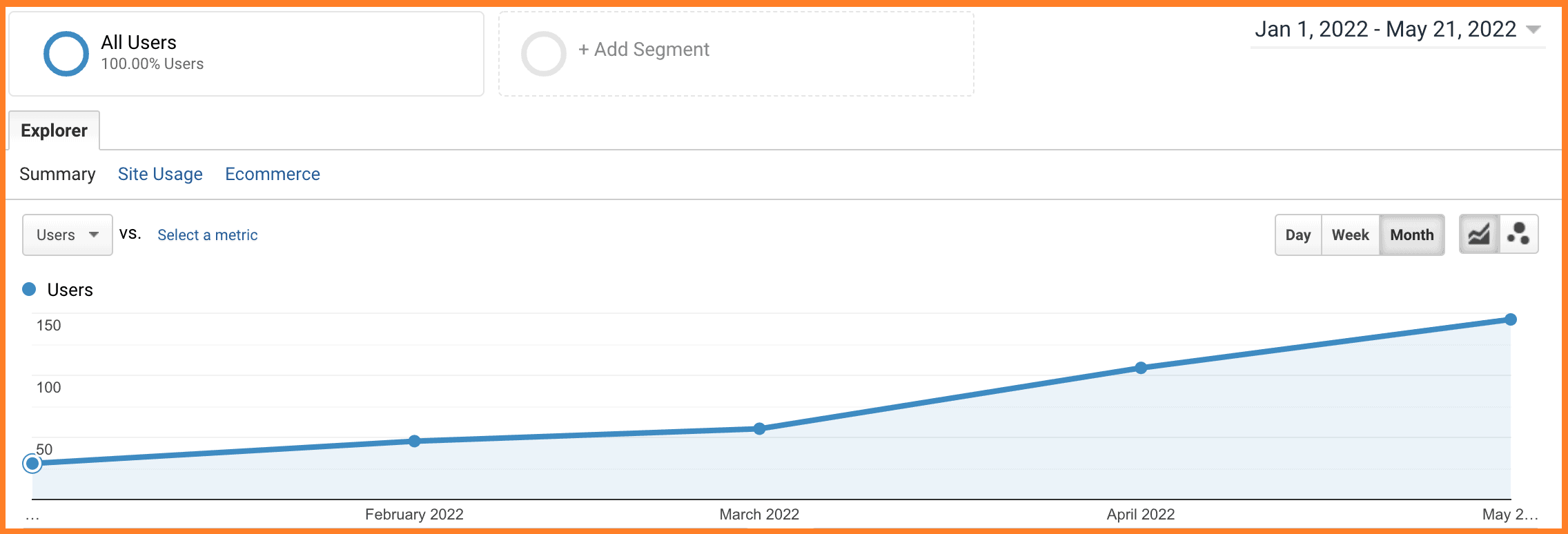
Their domain rating also increased by 3 points, which means they’ve been able to get a few backlinks. As a relatively new software, it’s pretty impressive.
But of course, it didn’t happen overnight. It took a consistent effort to help their audiences with relevant content instead of choosing to go the advertisement route.
That effort finally paid off, didn’t it?
Read also: Content Automation Beyond ChatGPT: Top Tools And Strategies To Scale Your Marketing
Become a thought leader
Lily Ugbaja, a content strategist and writer for B2B SaaS companies, says:
Customers are questioning their decisions. They want to know that you are the best product for their needs, and the only way to position yourself as the best is to show that you know them, you understand them, and you know how to solve their problem.
Think about this for a second. What happens next when a prospect lands on your website? Do they buy on the first encounter? Nope.
Studies have shown that 47% of buyers view at least 3–5 pieces of content before they contact a sales representative. They do this to learn more about what you can do for them.
If you provide them with enough content that fulfills their needs, you position yourself as an expert/thought leader in your industry, which lets you gain their trust.
Eliana Levine, Co-founder of Find People Easy, also highlights that:
Brands lack a tendency to answer the doubts and queries that the audiences might have about their brand. The lack of communication with the audience and the potential customers makes them shift to other brands.
The more high-quality content you have online, the more attention you’ll receive from your audience – improving your brand reputation as a result.
Let’s take EngageBay for example.
At EngageBay, we know that content marketing offers a far better value than paid advertising. It also helps build trust with software users over the years. As a relatively new B2B SaaS brand, we’ve seen immense success with content marketing.
Here’s a checklist of content marketing strategies we implement:
- Publish in-depth guides for new users.
- Be consistent with publishing content – we publish one blog every working day.
- Aligning content to all stages of the marketing funnel. We publish content that is top of the funnel (ToFu), middle of the funnel (MoFu), and bottom of the funnel (BoFu). We’ll explain this further later in this article.
- Promote content on social media.
- Revising content regularly — we conduct at least two major content audits every year to identify content pieces that need revisions.
- Cluster approach — when we identify major keywords that require a lot of content to cover all topics under them, we take a cluster approach and publish many articles that support each other and expand on the topic. Here’s an example.
This has resulted in driving consistent traffic and increased conversions.
By helping our audience with valuable and relevant content, we’ve been able to differentiate ourselves from countless CRM software.
We’ve also had thousands of backlinks over the years – whether it’s through comparisons or a big brand sharing some of our content.

You spend way less to drive leads
On average, content marketing costs 41% less than paid search and B2B marketers that blog get 67% more leads per month than those who don’t.
Not only does it cost less, but it also generates more traffic than any paid traffic medium.
Many businesses spend money on ads to yield fast results. What happens when you stop that? That’s right, your lead generation is put to a halt.
Also, as a new startup or low-budget business, you probably can’t afford to pay for many ads in the initial stages, because your company isn’t generating that much revenue. What better way to leverage your knowledge and experience to build trust and drive traffic?
That’s exactly what Calloway Cook, President of Illuminate Labs did.
Their website went from 2,500 organic page views to over 130,000 in one year through content marketing alone, without spending a dime.
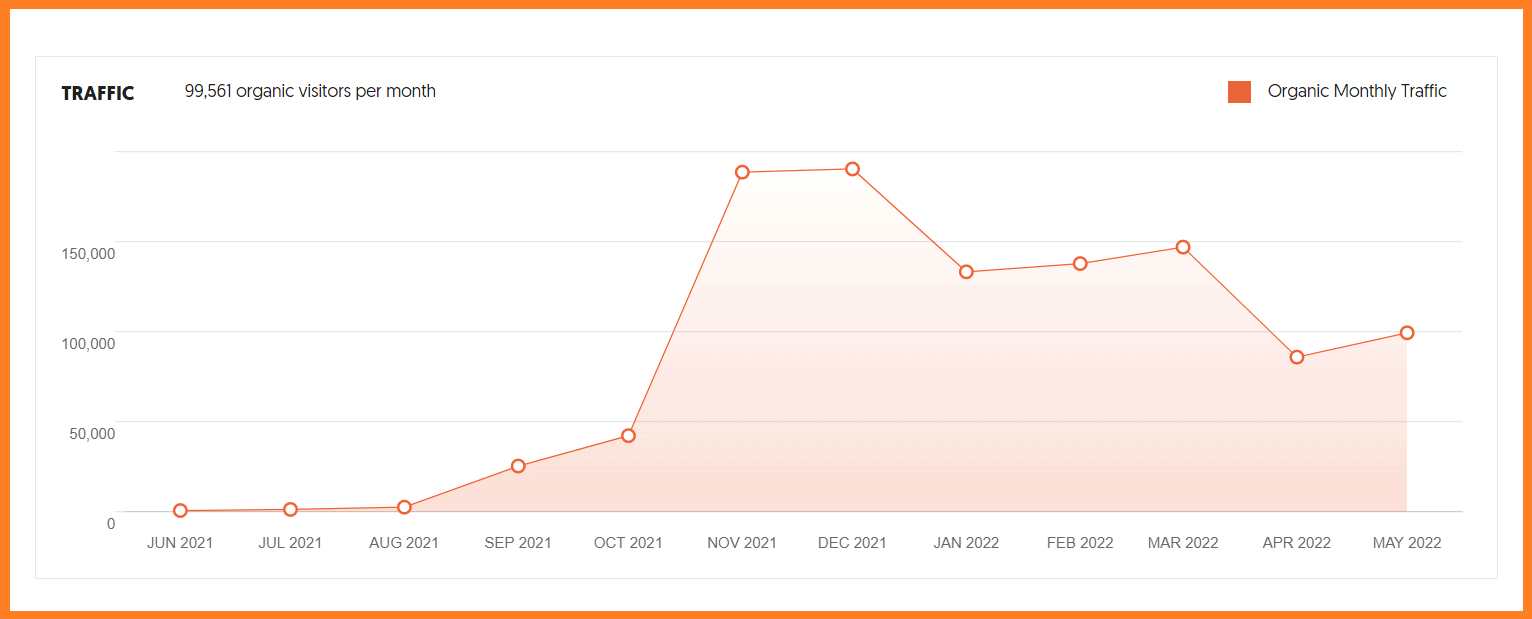
Calloway recommends business owners invest in an SEO software tool like SEMRUSH or Ahrefs to better optimize their keyword research process for articles they plan to publish. This will save you a lot of time and effort in writing articles.
Not only this, each content you put out is compounding, i.e., it drives you traffic for years to come.
Studies have shown that 73% of companies that spend from 10% to 70% of their total marketing budget on content marketing were very successful.
Timothy Ware, Content Strategist at Solink, says:
Content marketing is compounding, which makes it a great investment. PPC has no inertia, so the moment you stop spending, you stop seeing leads. With content marketing, every new piece revitalizes all your old pieces and brings compounding returns.
Increase organic search traffic
Organic search traffic is the most powerful marketing channel there is. Period! In fact, according to Bright Edge, 53% of trackable website traffic comes from organic search.
Search engine optimization (SEO) plays a crucial role in increasing your company’s visibility. You want your company website to be on the first page of Google to be authoritative.
If you want to improve your organic search rankings, you need to create and optimize your blog content for the keywords your prospect is searching for.
Kavin Patel, Founder, and CEO of Convrrt, says:
Marketers should increase their content production efforts because the more information you have on your site, the more pages the search engines must index and display to search results. Though having more pages does not guarantee more traffic, it provides your company the possibility to rank for more keywords. Not to mention that the more material you offer on your site, the more reasons visitors have to stay. This results in more time spent on-site, which might help your SEO.
Read also: 18 Powerful Marketing Strategies to Grow Business Faster
Content can be distributed
What happens after you’ve published content on your website? Do you just sit and wait for traffic to pour in? Well, no…
You have to promote on various social media channels. 94% of content marketers are using social media as a distribution channel for their content, and you should be a part of it.
You can expand your reach and increase brand awareness with a social media post while helping people solve their problems.
That’s exactly what Sweet Fish Media did. They launched in 2015 as a company that produces podcasts for B2B companies.
In May 2021, they started an employee advocacy program on LinkedIn. The goal of the program was to train employees to be empowered to post their subject matter expertise on LinkedIn.
They chose a platform where their audiences hang out and shared super valuable training to help them reach their goals.
Since starting the program, they’ve closed over $311K in annual revenue directly attributed to LinkedIn.
They’ve also helped some 20 employees build their brands, drove traffic to their company page (without even posting on it), and received invites to podcasts, virtual events, and LinkedIn lives wanting their opinion on topics related to what they’ve been posting.
If that’s not powerful enough, I don’t know what is.
Read also: eCommerce Content Marketing and Why You Need It
How to get started with content marketing
Convinced yet? Before rounding up this blog post, we would like to leave you with some tips to get you started on launching your first content marketing campaign.
Start with a clear goal
Are you trying to increase the awareness of your brand or looking to increase your website traffic? To create high-quality content, you need to have a clear plan and a roadmap to get there.
An effective content strategy helps you decide on the content to focus on, your target audience, and the outlets you will use for promotion. Ultimately, your focus should be on how your content will assist you in reaching your business objectives.
Try involving your team to brainstorm some ideas for driving more targeted leads into your pipeline and choosing if content marketing is a top priority or not.
Read also: Content Marketing Funnels: The Key to Unlocking Your Brand’s Potential
Filter out your reach
A common phrase you might have heard in marketing is “know your audience”.
If you’re bringing in whatever traffic into your pipeline, they become difficult to convert. Content marketing makes it easier for you to pinpoint who you’re trying to reach. Not only is understanding your audience important, but filtering out and scoring your existing leads is equally important.
Rather than making a quick guess about your ideal customer. EngageBay Lead Scoring system identifies your most qualified leads, lets you track engagement, and know who to follow up with – this helps ensure that whatever content you put out meets your audience’s needs.
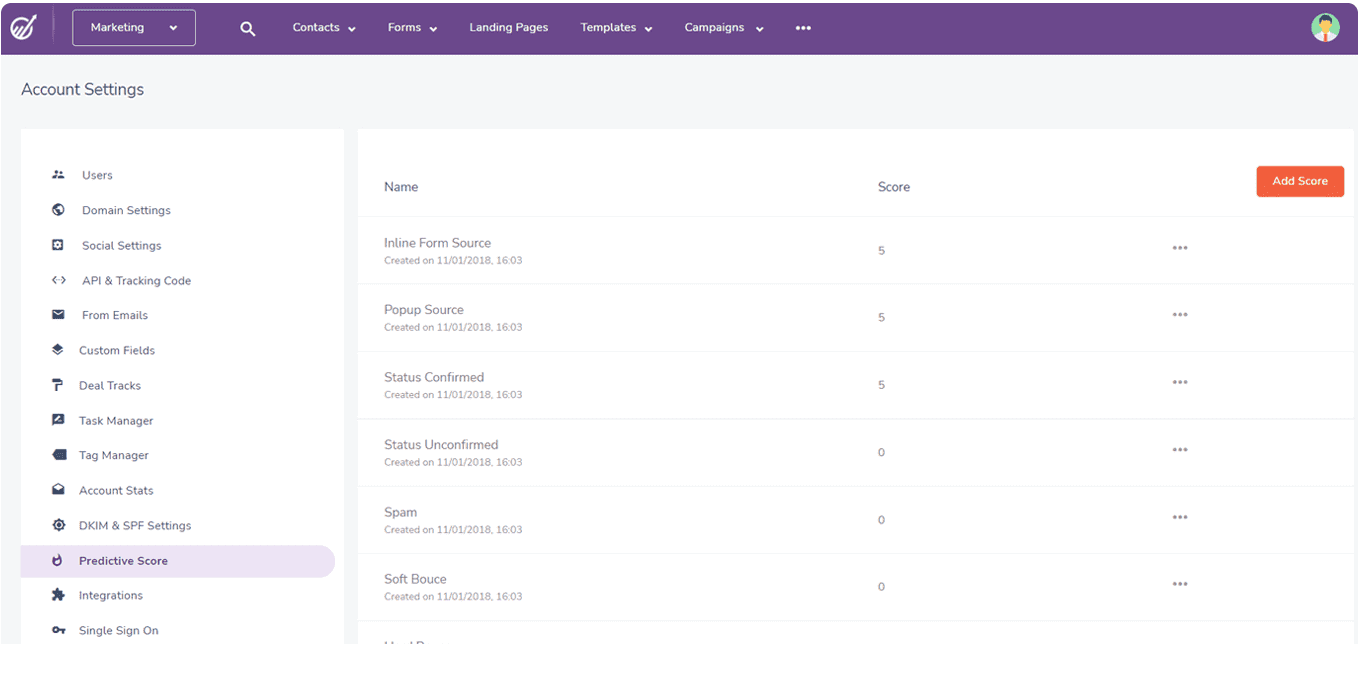
Create content consistently
56% of businesses worldwide intend to spend more on content creation. In addition, marketers who set a high priority on daily blog posts are 13 times more likely to experience positive ROI.
To see results, improve your content marketing effort and consistency.
Start by researching the questions your audiences have about your business and create content around that. Here are some ways to do this:
- Ask your sales and customer success team
- Ask your customers directly
- Use keyword research tools like Ahrefs or SEMRUSH to identify keyword opportunities
Then publish content consistently. If you have the budget, invest in content writers or involve a team of contributors passionate about the topic.
As a part of your content marketing strategy, it’s also important to note that the type of content you create should speak to the right audience.
B2C (business to consumer) and B2B content marketing (business to business) have different approaches.
B2C content offers a more easy-going approach as it’s targeted toward a consumer, while B2B content is targeted toward a business and offers a more serious tone with content that’s highly informative and data-driven.
👉Supercharge your content marketing with our expert tips – explore the best strategies now! 🌟
Align content to each stage of the marketing funnel
A huge part of your digital marketing strategy should involve converting the existing leads in your pipeline. According to Neil Patel, only 3% of your target market is ready to buy.
How do you convert the remaining 97% without being salesy?
By aligning every content you create to all three stages of the marketing funnel.
The goal is to understand your audiences by putting yourself in their shoes. Let’s explore this further.
Awareness / Top of the funnel (ToFu)
At this stage, your target audience is just recognizing their problems. Also, this is where they look for a solution. Your goal should be to establish yourself as an authority by drilling down the topic to the basics for curious beginners.
A practical example would be a small business owner looking to engage and convert existing leads faster. Let’s name him Mike. Mike comes across the term “marketing automation”.
Now, a smart approach to take is creating a guide that explains what email marketing automation is and how Mike can start using it to convert more leads.
Consideration / Middle of the Funnel (MoFu)
A prospect at the consideration stage now has a good understanding of their problem and is actively seeking a solution. At this stage, the prospect has started researching you online before contacting any of your sales representatives.
Your goal at this stage is to answer whatever questions they might have about your business and educate them on the different options available before narrowing down and settling on your solution.
A quick tip: Start implementing more product-led content. It shows them your unique value proposition and converts leads faster.
Let’s bring Mike back into the picture:
Now, he knows the basics and starts implementing them for his business. At this phase, Mike might be wondering about some quick wins to engage leads in his pipeline with marketing automation and some examples.
So, we helped Mike with that by providing automated email templates with a few tips to use them.
Decision / Bottom of the funnel (BoFu)
At this stage, the prospect is ready to convert and has compared all the alternative solutions. They just need a little push to get them to become a customer.
So, Mike might ask these questions:
- Why should I pick you over a competitor?
- How does your product work?
- What is the best pricing plan?
Try including a few case studies, testimonials, product demos, and product comparisons. It gives you enough social proof and reduces sales friction.
Leverage the in-trend strategy
Video marketing is on the rise, and many businesses have started implementing it in their marketing strategy. 87% of marketers say video marketing has helped them increase website traffic.
Here’s an excellent video from Biteable that further explains what video content marketing is and why it matters for business.
Furthermore, including media assets such as images, GIFs, and videos makes a content piece engaging and attention-grabbing for your audience. Studies have shown that blog posts containing a relevant image receive an average of 94% more views than posts without an image.
Be patient
Producing great content takes time and effort. However, if you’re consistently providing value to your audiences, you’ll yield significant results.
Also, ensure to set KPIs aligned to your content marketing goals, audit and refresh outdated content, and distribute them on other social platforms by working on your content repurposing to keep the content fresh and up to date.
250 Marketing Quotes from Top Influencers — You’ll Love These
Wrap Up
The most important takeaway is perseverance and creating engaging content. Content marketing is a long-term investment and it can lead to positive results. Many brands, big or small, have been able to see great success from it.
All it takes is perseverance and choosing to help your audience rather than hopping in front of them with your product or service. It’s human nature; we buy from people who give expecting nothing in return.
For high ROI content marketing, you need to understand your customers. With a software tool like EngageBay, you can understand what your potential customers are looking for, what they respond to, and what they do not like.
EngageBay gives you a 360-degree overview of all your prospects, detailing their journey with your business from the first website visit to their latest emails, chats, and phone conversations with your sales reps.
You can sign up for a free plan or reach out to us for a demo. Our experts can guide you through every stage of your business where EngageBay can be of help.

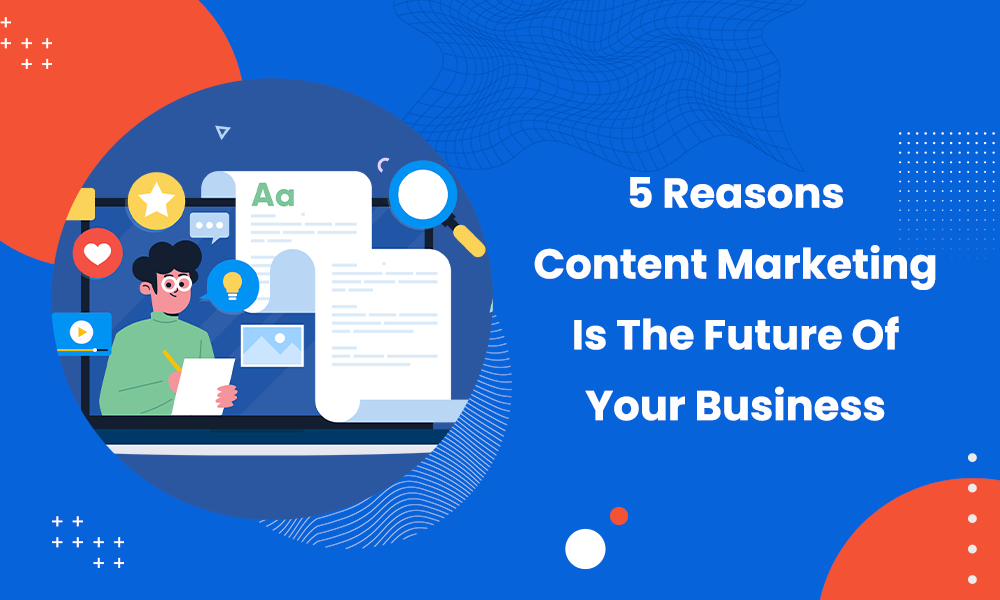
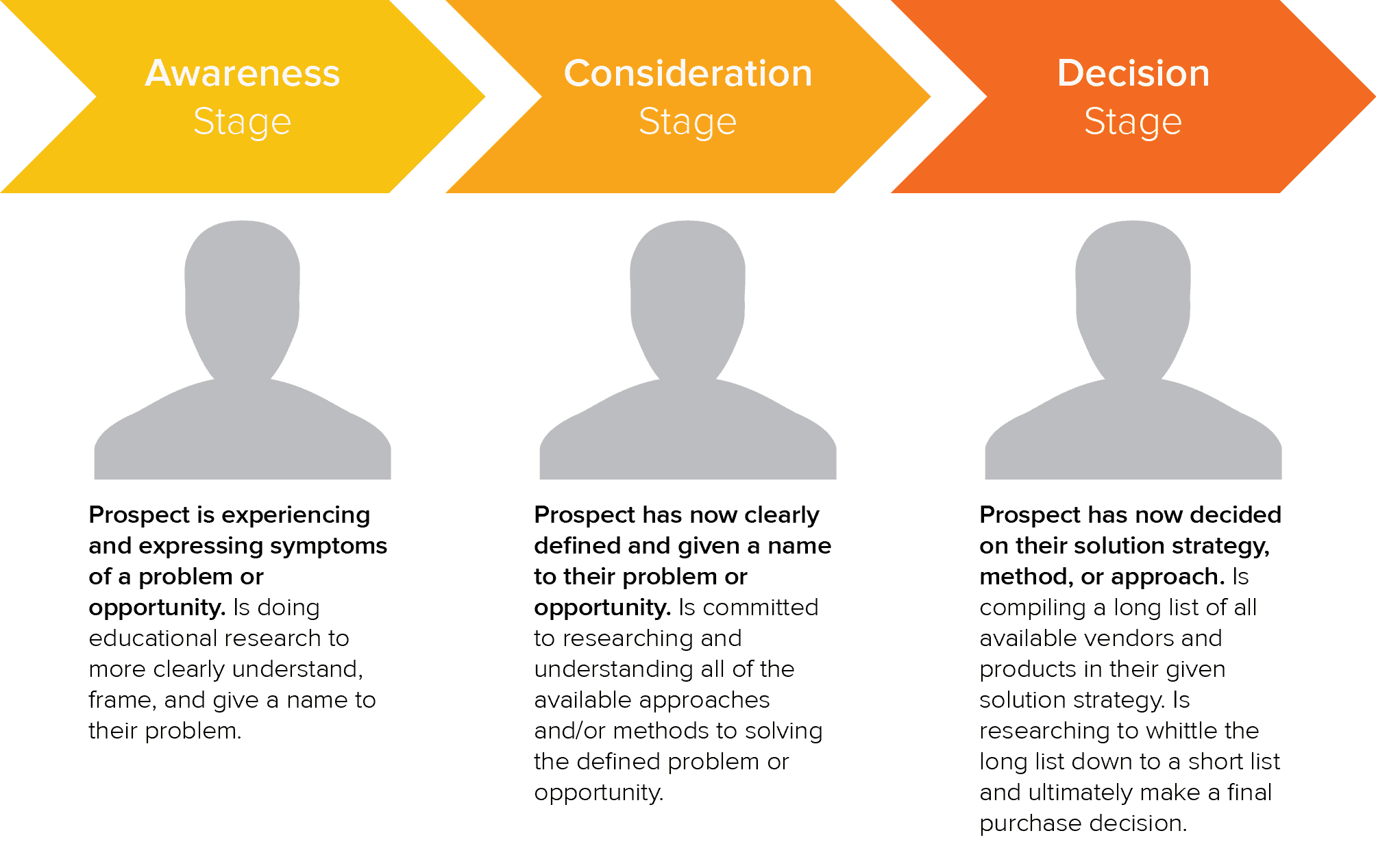

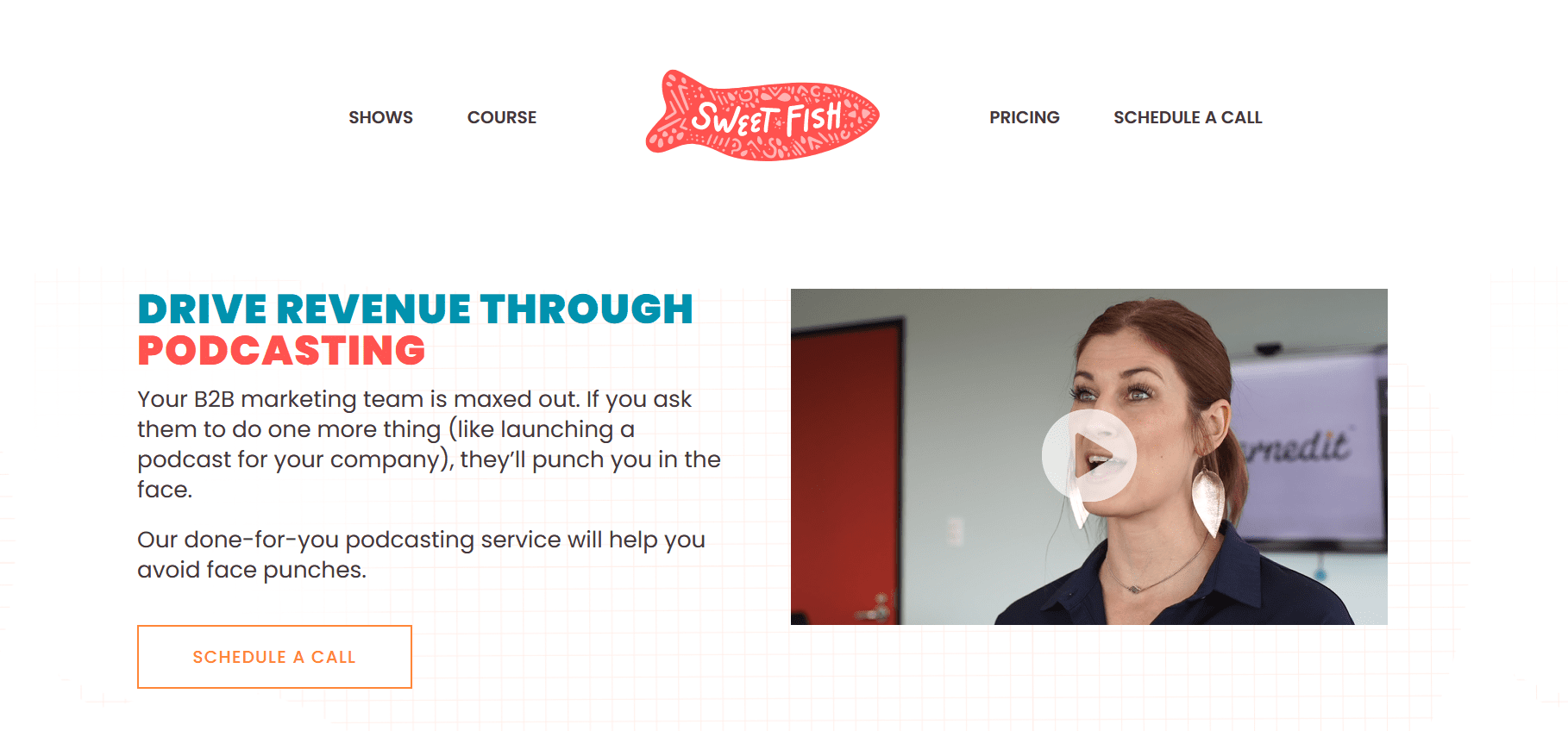
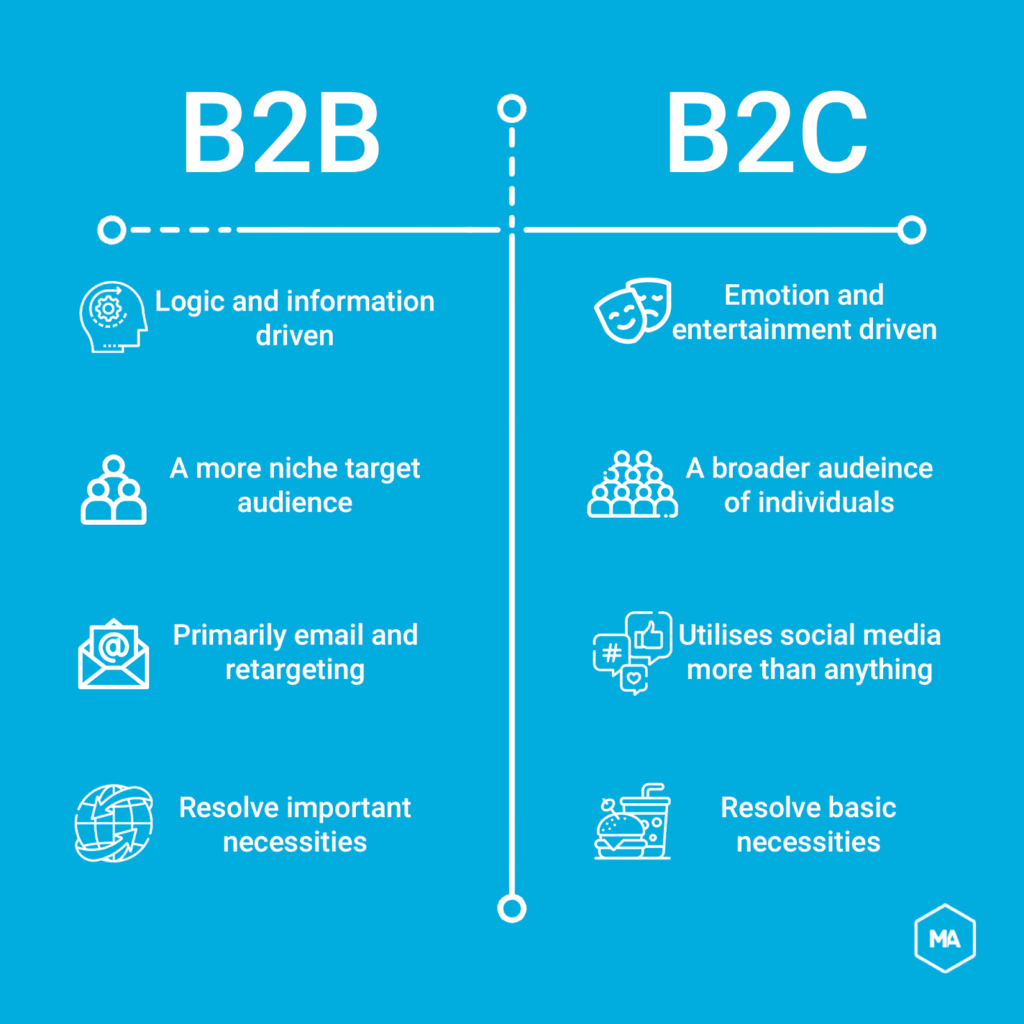
I had no idea that a good content strategy might assist you choose your target market, the material you should concentrate on, and the channels you should utilize for promotion. My sister who is launching her own makeup formula wants to hire a new product naming research agency and now I know that it’s smart. I feel like marketing agencies that has a clear goal with you can really help boost your business.